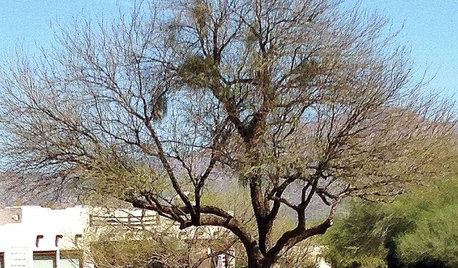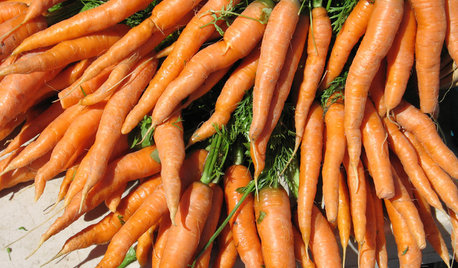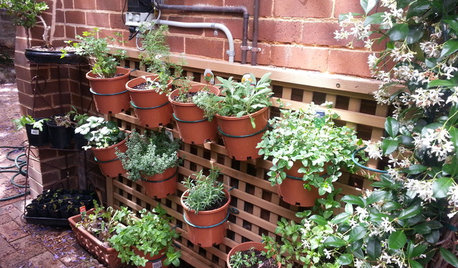our state magazine: how to grow mistletoe!
Lavoie Boho
17 years ago
Related Stories

GARDENING GUIDESMistletoe Is Coming to Town
The sight of this mistletoe may not always bring about festive feelings, but for U.S. Southwest gardeners, it’s not all bad
Full Story
COOL-SEASON CROPSCool-Season Vegetables: How to Grow Carrots
More than just a bunny food, easy-to-grow carrots add lacy good looks to a fall or spring garden
Full Story
FARM YOUR YARD14 Crazy Places to Grow Edibles
Some Houzzers may lack ground for gardening, but they’re never short on imagination
Full Story
BUDGET DECORATING13 Versatile Furniture Pieces That Grow With You
Build a collection of high-quality pieces that will work from that first solo rental to a long-term home
Full Story
FURNITUREThe Coffee Table Grows Up
These statement pieces reinvent the coffee table and can transform the living room
Full Story
DECORATING GUIDESTop 10 Interior Stylist Secrets Revealed
Give your home's interiors magazine-ready polish with these tips to finesse the finishing design touches
Full Story
HEALTHY HOMEDetox Your Kitchen for the Healthiest Cooking
Maybe you buy organic or even grow your own. But if your kitchen is toxic, you're only halfway to healthy
Full Story
GARDENING GUIDES10 Tips for Beginning Gardeners
With a simple sketch, basic tools and the right plants, you’ll be on your way to growing your first flowers or edibles
Full Story
MY HOUZZMy Houzz: Japanese Minimalism Blends With Classic New Orleans Style
African art and indoor plants complement the clean and modern aesthetic of two landscape architects
Full Story






dottie_in_charlotte
tamelask
Related Professionals
Surprise Landscape Architects & Landscape Designers · Lowell Landscape Architects & Landscape Designers · Piqua Landscape Architects & Landscape Designers · East Patchogue Landscape Architects & Landscape Designers · Bedford Landscape Contractors · Bethel Park Landscape Contractors · Brookfield Landscape Contractors · Dixon Landscape Contractors · Mastic Beach Landscape Contractors · Munster Landscape Contractors · Nanuet Landscape Contractors · Newnan Landscape Contractors · Northbridge Landscape Contractors · Oviedo Landscape Contractors · Severna Park Landscape Contractorspfmastin
Iris GW
rhizo_1 (North AL) zone 7
tamelask
rhizo_1 (North AL) zone 7
selmaroth_comcast_net
m_taggart
woodsworm
lsst
markcase1964
Lavoie BohoOriginal Author